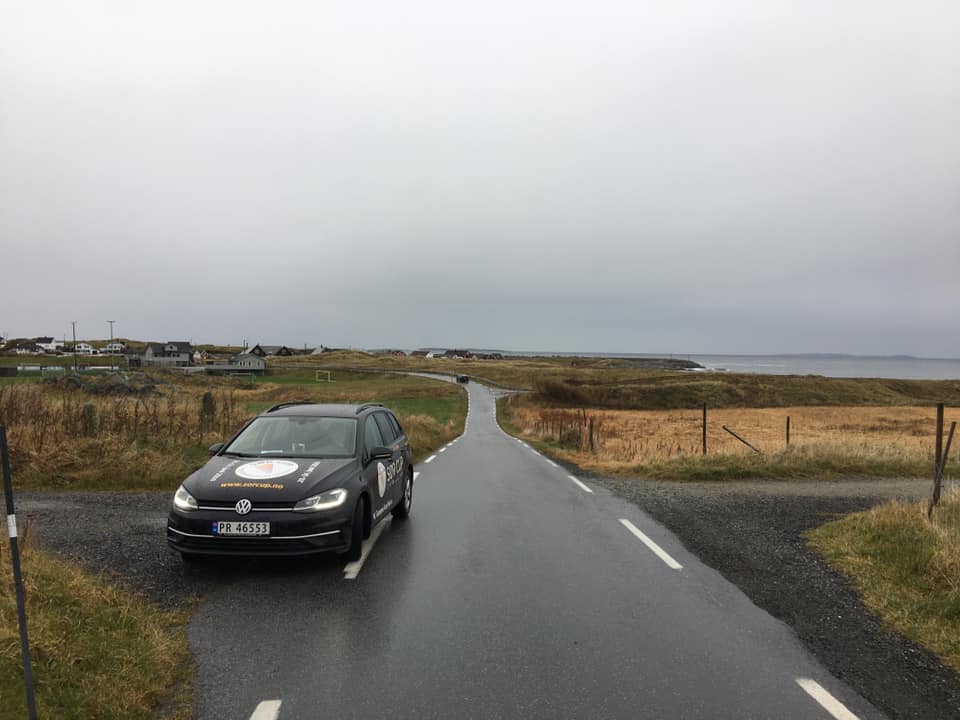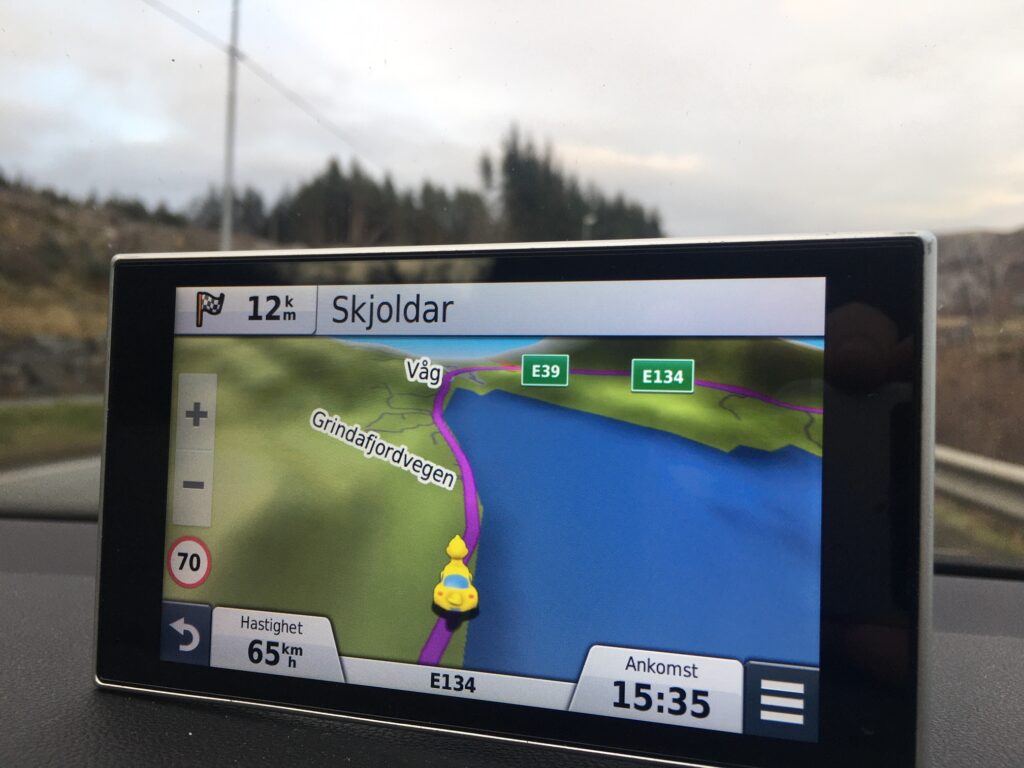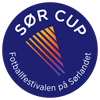I get this question almost every time I tell people that I work full time at Sør Cup.
– It’s only 5 days a year…? is another comment that comes up relatively regularly.
– Do you have a full-time employee? No, we actually have two…!
Many people wonder what it means to be employed by Sør Cup. That’s why I thought I’d share an everyday story from my job as marketing manager. And I choose today as the day. 12. November 2019.
As marketing manager at Sør Cup, I have the main responsibility for a number of things. Sponsors, activities, events, logistics, marketing, information, website, mailings, and so on. Together with my colleague, I have the main responsibility for ensuring that 600 teams sign up. That we sign the necessary number of sponsorship agreements. And that our owner clubs Fløy, Vindbjart and Donn receive our profits, which they use to run their clubs. It’s a massive responsibility to know that you have to deliver in order for three football clubs to maintain their level of activity.
We are perhaps one of the few football cups that travel around to market ourselves. Every year, my colleague and I get in the Sør Cup car (provided by Gumpens Auto Vest, thank you very much!) and drive around to 400 football clubs, from Nordhordland in the west to Halden in the east. The aim is to create a relationship with the club leader, or at least make sure they get our invitation brochures.
In many football clubs, the general manager has a lonely job. “Many people appreciate us stopping by. We spend five minutes telling them about the cup and 15 minutes asking how things are going at the club. Sometimes a meeting takes two minutes. Sometimes two hours. – Do you arrange meetings in advance, many people ask. “No, that’s not possible. Because whether we’re at this or that place at 2 p.m. depends on how many people we’ve met by then.
– “Do you drive here just to deliver brochures?” many people ask. No, we don’t. We don’t drive around just to deliver brochures. We drive to establish, or strengthen, a relationship between us and you. So that the next time you’re choosing which tournament to travel to, Sør Cup will be one of the top three cups you’re thinking about.
Today we’re in Haugesund. We worked our way through large parts of Sandnes and Stavanger yesterday, and at the time of writing we’re on our way from Avaldsnes to Vedavåg on Karmøy. We forgot Torvastad on the way, but we’ll visit it on the way back.
– How do you know this works, many ask. “We don’t have a clue. But we believe in good old-fashioned relationship building, and that meeting people face to face will pay off in the long run. We’re not sure how many of all the clubs that have visited us over the years come because we’ve stopped by. There are certainly many.
It’s a privilege to be able to travel around like this and visit clubs. What amazing people there are in this country. And places. Some people ask me which place I think is the best. There are a lot to choose from. Every place has its charm. You also become a bit of an idiot when you travel around like this. Because when I meet someone from Sveio at the cup, I can say, “Oh yes, that’s the clubhouse that’s on the second floor above the pitch, there after you’ve driven past the school. How’s it going with the hall you’re building?”
Or from Tasta. – How does it work when you share a clubhouse with another club (POL IL)? You get to experience Salhus, which is a spectacular place north of Bergen.
You get to experience Trond Egil Soltvedt in Kvernbit, who knows the art of storytelling.
Vedavåg on Karmøy, which has built one of the country’s finest halls.
Nord SK, which belongs to Karmøy municipality but is located on the mainland, because in the old days it fell between two chairs when the municipal boundaries were drawn up.
In Haugesund, you’ll find a place with three football clubs gathered around one pitch. Djerv 1919, Haugar and Vard share the same facility, and the clubhouses are located just a few meters apart.
At Åkra, you’ll find the world’s best sign as the entrance to the facility. This is the picture I have used at the top of the story.
Ferkinstad, “the last club before England”, as my colleague calls it. The clubhouse is located in the sea gap on Karmøy. We’re on our way there now.

Hetlevik on Askøy. The route winds its way through small, narrow streets before ending up on a pier. There we find the clubhouse and the pitch. They also have a mailbox. Last year, we found our envelope with brochures from the year before. It happens from time to time.
Follese, where all the signs are designed by Frode Øverli, the creator of Pondus. Incidentally, Pondus is also a sponsor here.
Birkebeineren, located at the top of the roof, just before the forest, in Buskerud.
Svelvik, with the world’s fattest ferry across the canal. The canal is no wider than 100 meters (give or take), but you still need a ferry to get across.
We drive around with Anda, our GPS (a duck is the symbol for our car on the GPS).
Sometimes she takes us straight to the clubhouse.
Sometimes we have to drive across some fields and through some forests before we get there.
We think to ourselves “… is this the main road to…

I can’t count the number of times I’ve said “there can’t be any clubs here, in the middle of a housing estate!”. But suddenly a pitch appears.
– But what else do you do? When you’re not traveling…, someone asks. – “Then I sit with my feet on the table and eat ice cream from Hennig-Olsen,” I say. – We work shifts. 5 days on and 360 days off. 361 days off in a leap year. People laugh. Because they know it’s just nonsense. Luckily!
Because during this period I arrange sponsor meetings, plan budgets, hold meetings with the clubs, discuss events, plan which classes to offer and participant cards, and at what prices. Sure, we eat ice cream too. But if we hadn’t done our job, Fløy, Vindbjart and Donn would have faced an enormous challenge.
We have now started the marketing of Sør Cup 2020.
And so the days go by. Suddenly it’s cup time again.
